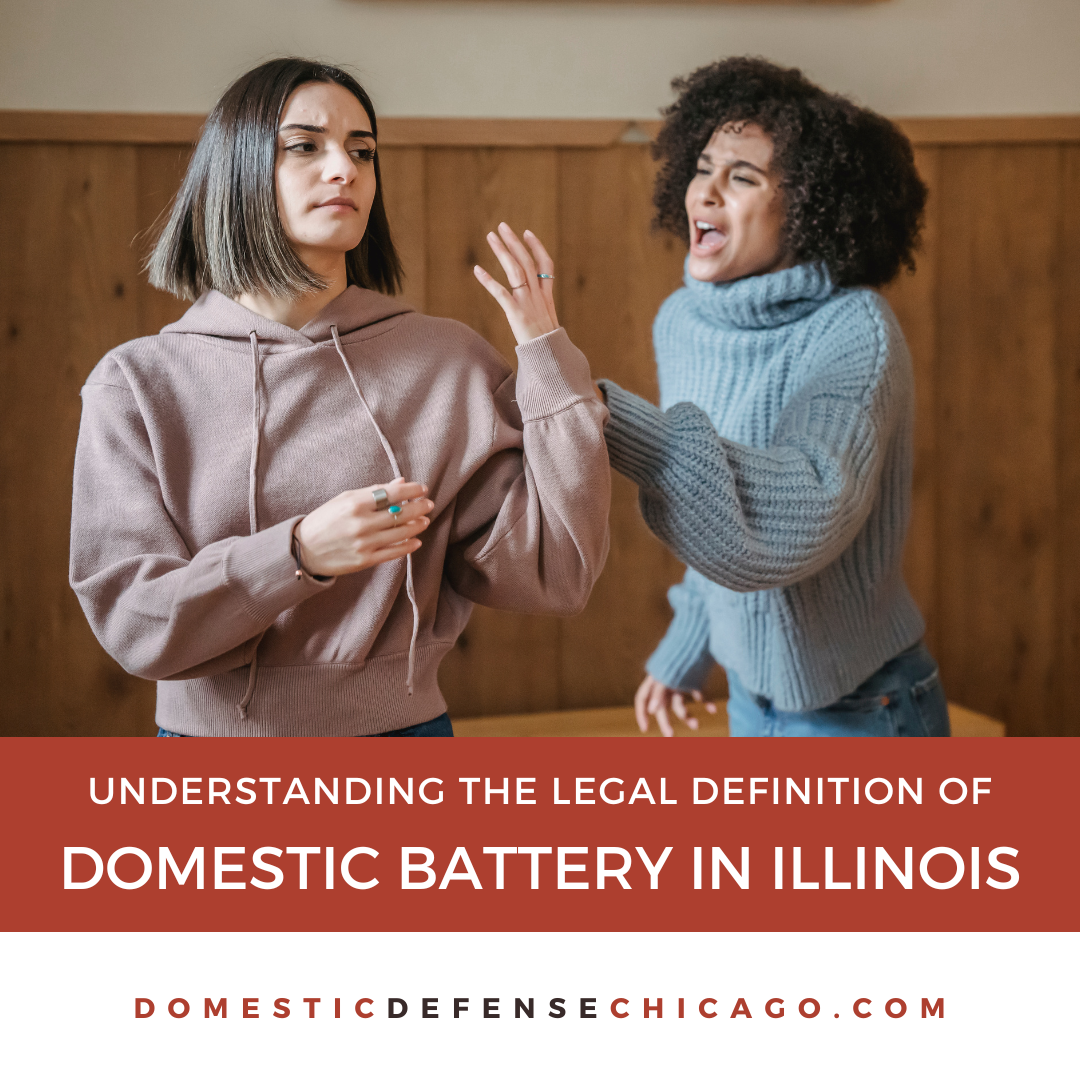Consequences of Domestic Battery

Domestic battery is a serious crime with severe consequences for both the victim and the perpetrator. It is crucial to understand the legal ramifications, the impact on victims, and the resources available to those affected by this form of abuse.
Legal Consequences of Domestic Battery
Domestic battery is a criminal offense that can result in a range of legal consequences, including:
- Criminal Charges: Domestic battery is typically classified as a misdemeanor, but it can be elevated to a felony depending on the severity of the assault and the perpetrator’s prior criminal history.
- Fines: Depending on the jurisdiction and the severity of the offense, fines can range from hundreds to thousands of dollars.
- Imprisonment: Sentences for domestic battery can range from probation to several years in prison. The length of the sentence depends on the severity of the assault, the perpetrator’s criminal history, and other factors.
- Protective Orders: Victims of domestic battery can petition the court for a protective order, which prohibits the abuser from contacting or coming near the victim. Violation of a protective order is a separate criminal offense.
- Loss of Gun Rights: Convictions for domestic violence offenses can result in the loss of the right to own or possess firearms.
Impact on Victims of Domestic Battery
Domestic battery has devastating consequences for victims, affecting their physical, emotional, and financial well-being:
- Physical Injuries: Victims of domestic battery can suffer from a wide range of physical injuries, including bruises, cuts, broken bones, and internal injuries.
- Emotional Trauma: Domestic battery can lead to severe emotional trauma, including anxiety, depression, post-traumatic stress disorder (PTSD), and low self-esteem.
- Financial Hardship: Victims of domestic battery may face financial hardship due to lost wages, medical expenses, and the cost of relocating to a safe environment.
- Fear and Isolation: Domestic battery often creates a cycle of fear and isolation, making it difficult for victims to seek help or escape the abusive situation.
Resources for Victims of Domestic Battery
There are numerous resources available to victims of domestic battery, including:
- Shelters: Domestic violence shelters provide safe housing, counseling, and support services to victims and their children.
- Legal Aid: Legal aid organizations can provide free or low-cost legal assistance to victims of domestic violence, including help with obtaining protective orders and filing criminal charges.
- Counseling Services: Counseling services can help victims of domestic battery cope with the emotional trauma of abuse and develop healthy coping mechanisms.
- Hotlines: Domestic violence hotlines provide confidential support and information to victims and their families.
Prevention and Intervention

Preventing domestic battery is crucial, as it protects individuals and families from the devastating effects of violence. Understanding the warning signs and risk factors can help us identify situations that may escalate to violence and take steps to intervene.
Warning Signs and Risk Factors
Recognizing potential warning signs and risk factors is crucial in preventing domestic battery. These indicators can signal a heightened risk of violence and provide opportunities for intervention.
- Jealousy and possessiveness: Excessive control over a partner’s actions, constant monitoring, and accusations of infidelity are warning signs of potential violence.
- Isolation: Restricting a partner’s contact with friends and family, controlling their finances, and limiting their access to transportation can be signs of an abusive relationship.
- Threats and intimidation: Verbal abuse, threats of physical harm, and the use of weapons or objects to intimidate are serious warning signs of potential violence.
- Past history of violence: Individuals with a history of violence or aggression are more likely to engage in domestic battery.
- Substance abuse: Alcohol and drug use can increase the risk of violence, as it can impair judgment and lead to impulsive behavior.
- Power imbalances: Relationships where one partner has significantly more power than the other, such as financial control or social dominance, can increase the risk of violence.
Strategies for Prevention, Domestic battery
Prevention strategies focus on addressing the root causes of domestic battery and empowering individuals to build healthy relationships. These strategies involve education, awareness campaigns, and support groups.
- Education: Schools, communities, and workplaces can implement programs to educate individuals about healthy relationships, consent, and the warning signs of domestic battery.
- Awareness Campaigns: Public awareness campaigns can raise awareness about domestic battery, dispel myths, and encourage individuals to seek help.
- Support Groups: Support groups provide a safe space for survivors of domestic battery to share their experiences, receive emotional support, and connect with others who understand their situation.
Intervention Methods
Intervention methods are designed to address the immediate needs of victims and perpetrators of domestic battery and prevent future violence. These methods include counseling, therapy, and legal intervention.
| Intervention Method | Description | Benefits | Limitations |
|---|---|---|---|
| Counseling | Provides individual or couples therapy to address underlying issues contributing to domestic battery. | Helps individuals develop coping mechanisms, communication skills, and conflict resolution strategies. | May not be effective if one partner is unwilling to participate or if the abuse is severe. |
| Therapy | Focuses on addressing mental health issues, such as anger management, substance abuse, or trauma, that may contribute to domestic battery. | Helps individuals develop healthy coping mechanisms and manage their emotions. | Requires ongoing commitment and may not be accessible to all individuals. |
| Legal Intervention | Includes restraining orders, criminal prosecution, and other legal measures to protect victims and hold perpetrators accountable. | Provides immediate protection for victims and deterrents for perpetrators. | May not address underlying issues contributing to the violence and can be a lengthy and stressful process. |
Domestic battery is a serious issue, often involving physical harm within a household. But what exactly is a “battery” in this context? It’s not just about the kind of battery you find in your phone or car! To understand domestic battery, we need to grasp the broader concept of “battery” as a legal term.
Head over to what is battery to learn more about the legal definition of battery, and then we can delve into the complexities of domestic battery.
Domestic battery is a serious issue, often involving physical violence within a household. It’s important to understand the power dynamics at play, and how they can lead to such harmful actions. But what exactly is “battery” in this context?
To understand the term, we need to look beyond the literal meaning and explore the concept of “battery” as a legal term, which you can learn more about by visiting this insightful article: what is battery. Understanding the legal definition of battery is crucial to recognizing and addressing domestic violence, a crime that deserves our full attention and condemnation.